10 Free SAT Prep Tips To Improve SAT Scores By A Perfect Scorer
In high school, I raised my own SAT score 760 points from average to perfect. Of the 50 million students who have taken the SAT, approximately 10,000 have gotten a perfect score — just 0.02%. A perfect SAT score completely changed my life: I got into prestigious universities (I just completed an MD/MBA from Yale and USC), won a quarter-million dollars in college scholarships, and even got to meet the President of the United States!
Now, I’ve started Prep Expert to help other students change their own lives by changing their test scores. I am now going to share 10 Prep Expert SAT prep methods right here, right now, for free!
If you implement all 10 of these SAT prep tips, I’m confident that you’ll raise your SAT score 100 points!
[sat_one]
Don’t forget that Prep Expert offers 6-week online SAT & ACT prep classes that teach students 100 methods I used to achieve a perfect SAT score.
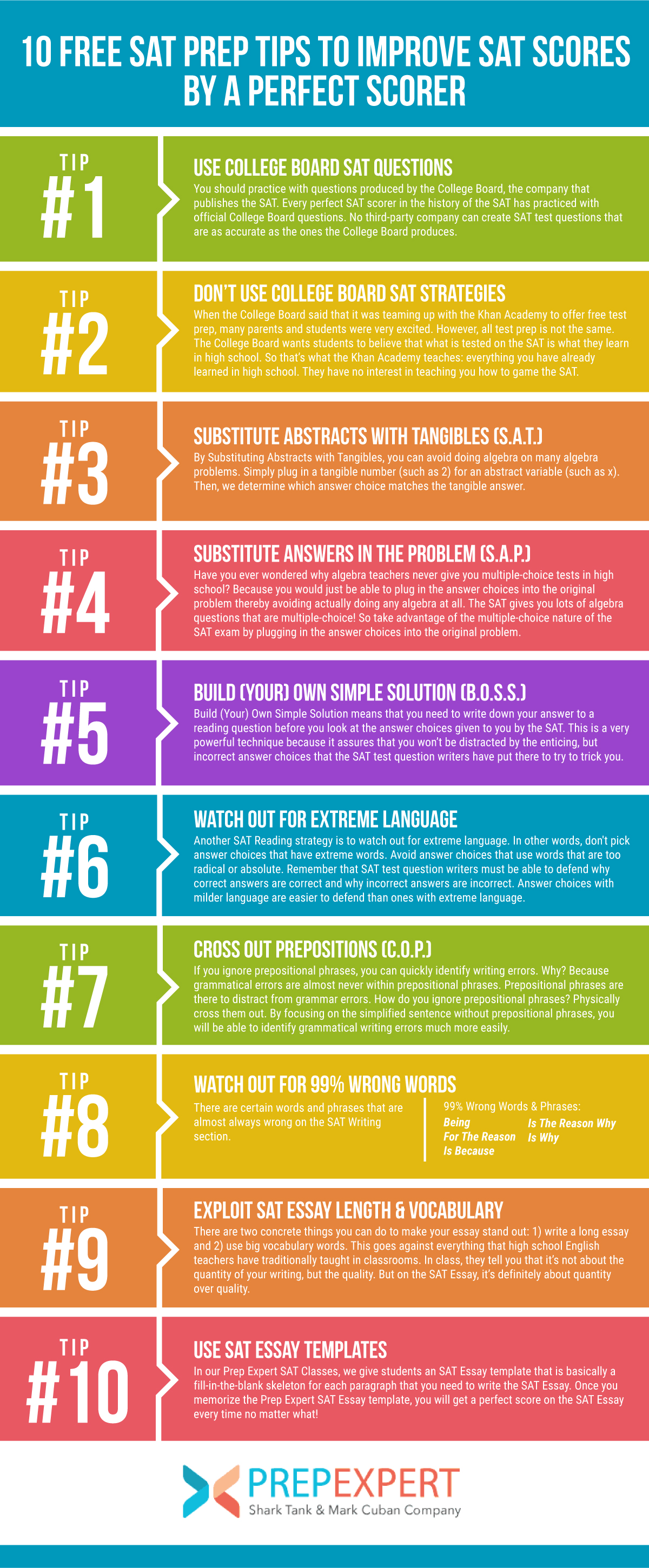
Free SAT Prep Tip #1: Use College Board SAT Questions
The secret to getting a high score on any standardized exam is to practice with official practice questions released by the test creator.
Many students go about preparing for the SAT in the wrong way. They go out and buy practice tests created by The Princeton Review, Kaplan, Barron’s, or some other third-party company. I cannot think of a worse way to prepare for the SAT.
In the case of the SAT, you should practice with questions produced by the College Board, the company that publishes the SAT. Every perfect SAT scorer in the history of the SAT has practiced with official College Board questions.
No third-party company can create SAT test questions that are as accurate as the ones the College Board produces. Creating accurate standardized test questions requires millions of dollars in research, development, and testing.
Most third-party companies simply do not have the budget or resources to create perfect test questions. So they settle by creating sub-par questions that try to mimic the College Board’s official SAT questions.
Why settle for less than the best? Only use official questions produced by the College Board when preparing for the SAT. At Prep Expert, we only use official College Board SAT questions in our SAT prep courses.
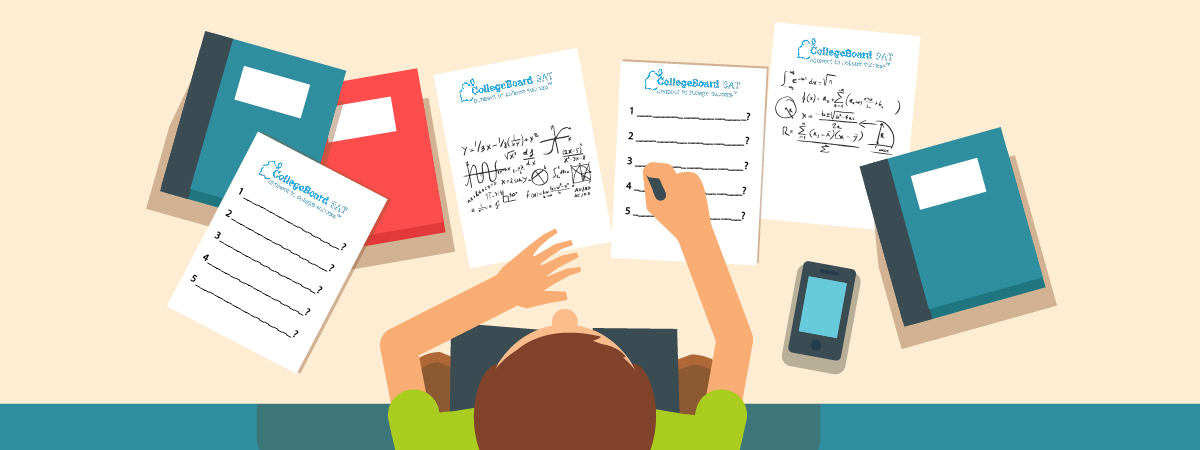
Free SAT Prep Tip #2: Don’t Use College Board SAT Strategies
This might seem counterintuitive. While I just said that you should use College Board SAT questions, I am now telling you do not use College Board SAT strategies.
While I praise the College Board’s accurate SAT questions, I believe the College Board creates some of the worst SAT strategies. When the College Board said that it was teaming up with the Khan Academy to offer free test prep, many parents and students were very excited.
However, all test prep is not the same. The College Board and Khan Academy have created the worst test prep on this planet. The College Board wants students to believe that what is tested on the SAT is what they learn in high school. So that’s what the Khan Academy teaches: everything you have already learned in high school.
The College Board and Khan Academy have no interest in teaching you how to game the SAT. Would the test creators teach you how to game their own test? No.
The following Prep Expert SAT prep tips will teach you how to avoid doing algebra on the SAT Math section, which words are always incorrect on the SAT Reading section, the sly technique that test question writers use to try to prevent you from identifying grammatical errors on the SAT Writing section, and a fill-in-the-blank essay template to get a perfect score on the SAT Essay section. Basically, everything that the College Board and Khan Academy would never want you to know.
Want to get a perfect score (or at least a high one) on the SAT? Practice with perfect SAT questions using perfect SAT strategies. Get the perfect SAT questions from the College Board. Get the perfect SAT strategies from Prep Expert.
[sat_two]

Free SAT Prep Tip #3: Substitute Abstracts with Tangibles (S.A.T.)
By Substituting Abstracts with Tangibles, we can avoid doing algebra on many algebra problems.
This is an SAT Math strategy that we teach at Prep Expert and ironically its acronym is “S.A.T.”! We simply plug in a tangible number (such as 2) for an abstract variable (such as x). Then, we determine which answer choice matches our tangible answer.
The best way to teach a concept or strategy is by using an example. So take a look at the example below.
The expression is equivalent to which of the following?
- (A)
- (B)
- (C)
- (D)
How can we solve this problem without using any algebra at all? It’s simple actually. Start by picking a tangible number for x. You can pick any number that you want because the whole point of algebra is to create expressions that are valid for all numbers no matter which one you pick.
I typically like to start by making x equal to 2 because it is a small and easy number to work with. I also discourage students from making x equal to 0 or 1 because that often results in answer choices that are identical to each other. So what happens to the original expression when x = 2?
Okay, so now we know that the original expression is equal to -4 when x is equal to 2. The next step is simply to find the answer choice that also equals -4 when x is equal to 2.
- (A) -1.25
- (B) 2.5
- (C) 2
- (D) -4
And there you go! Only answer choice D is equal to -4 when x is equal to 2. D is our answer.
Notice how the above steps required no algebra at all! Isn’t that amazing? What looked like a really complex problem at first became very simple once you plugged in x = 2. Substitute Abstracts with Tangibles can be used on all kinds of problems beyond just algebra.
This strategy works extremely well on the SAT because with all the stress on test day, it’s helpful to have a simple strategy that you can use when your brain just can’t do the complex algebra (even if you normally know how to do the algebra). We train students in our Prep Expert SAT Classes to think in terms of tangible numbers rather than abstract algebra, and SAT math scores skyrocket!
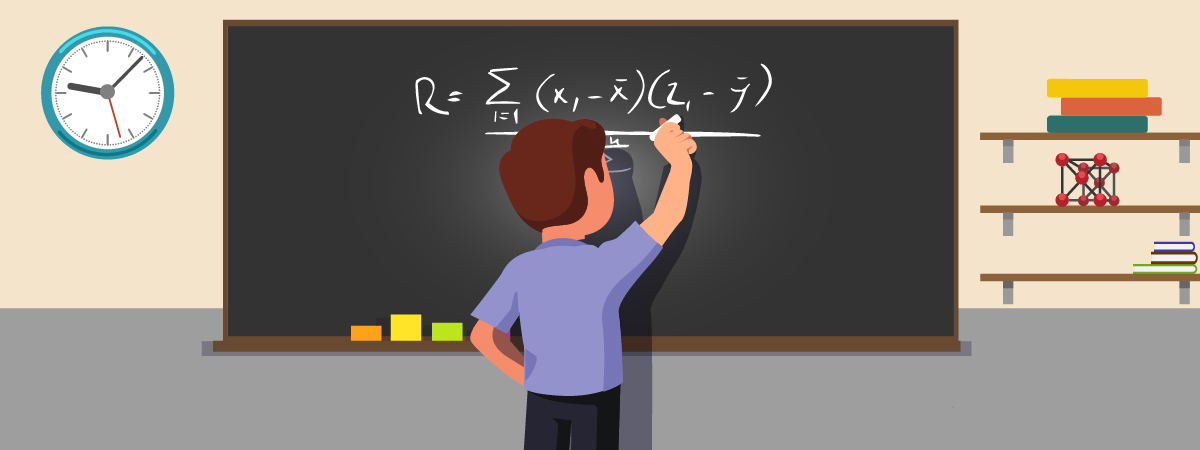
Free SAT Prep Tip #4: Substitute Answers in the Problem (S.A.P.)
This is another SAT Math strategy that we teach at Prep Expert and its acronym is “S.A.P.” S.A.P is the sister strategy to S.A.T. I will cover the differences between the two.
Have you ever wondered why algebra teachers never give you multiple-choice tests in high school? Because you would just be able to plug in the answer choices into the original problem thereby avoiding actually doing any algebra at all. Well, guess what? The SAT gives you lots of algebra questions that are multiple-choice!
So you should take advantage of the multiple-choice nature of the SAT exam by plugging in the answer choices into the original problem. In other words, Substitute Answers in the Problem. Let’s take a look at an example.
The function is defined by where c is a constant. In the xy-plane, the graph of intersects the x-axis at three points, , and . What is the value of ?
- (A)
- (B)
- (C)
- (D)
The problem above looks complex at first glance. However, it’s actually very simple. All you have to do is Substitute Answers in the Problem. In this case, the answers are the coordinates given. Whenever the SAT gives you an equation and coordinates, it’s essentially handing you the answer to the problem. Coordinates are really just the solutions to equations. So pick any of the coordinates given in the problem and plug them into the original equation. If I Substitute Answers (in this case, the coordinates) in the Problem (in this case, the equation), here’s what happens:
The answer is A. Notice how I did not use any algebra to solve what looked like a very complex algebra problem! This is the power of S.A.P.
So how do you know when to use S.A.T. and when to use S.A.P? You should Substitute Abstracts with Tangibles (S.A.T.) when there are variables in the question and variables in the answers. You should Substitute Answers in the Problem when there are variables in the question and numbers in the answers.
So it really depends on the answers. If the answers are variables, you need to create your own number to plugin (Substitute Abstracts with Tangibles). If the answers are numbers, you can use those numbers given to you to plug in (Substitute Answers in the Problem).
We spend a lot of time with students in our Prep Expert SAT Courses to help them learn when to use S.A.T. vs. S.A.P. as well as teaching them the variety of different problems these SAT Math strategies are applicable to (it goes far beyond just algebra).

Free SAT Prep Tip #5: Build (Your) Own Simple Solution (B.O.S.S.)
This is an SAT Reading strategy that will unlock the reading section of the SAT for you.
It will not only help you answer questions more accurately, but it will also save you a tremendous amount of time on SAT Reading – the section that many students struggle to finish on time.
When I was in high school, SAT Reading was always the part of the SAT that I scored lowest in. I would get a lot of questions wrong and fail to finish the sections on time. That all changed when I started to Build (My) Own Simple Solution – or B.O.S.S. Once I implemented B.O.S.S., I achieved a perfect SAT Reading score!
So what is B.O.S.S.? Build (Your) Own Simple Solution means that you need to write down your answer to a reading question before you look at the answer choices given to you by the SAT. This is a very powerful technique because it assures that you won’t be distracted by the enticing, but incorrect answer choices that the SAT test question writers have put there to try to trick you.
There are four answer choices on every multiple-choice SAT problem. And three out of those four answer choices are incorrect. So if you think about it, every answer choice you read on the SAT has a 75% chance of being incorrect. If you believe SAT answer choices are correct, then you are probably wrong — just based on pure statistics.
The problem is worse on SAT Reading because most of the answer choices sound correct. The only way you can eliminate the wrong ones would be to have an idea of what the correct answer should be. You can do this by creating your own answer before looking at the distracting answer choices, or Build (Your) Own Simple Solution – B.O.S.S.
Imagine going on a treasure hunt, but not knowing what the treasure looks like. It would be really hard to find the correct treasure, wouldn’t it? Every time you came across bronze, silver, or gold, you might think that you have found the treasure. But what if you had a picture of the exact treasure you were looking for: a diamond. It would be a lot easier to find the treasure, wouldn’t it?
Approaching SAT Reading questions without having a B.O.S.S. solution is like going on a treasure hunt without knowing what the treasure looks like. You are going to choose a wrong answer because you haven’t thought about what the right answer looks like. By using B.O.S.S., you are essentially creating a picture of the right answer so that you can then select the answer choice that is most similar to your B.O.S.S. solution.
However, it is really hard not to get distracted by enticing, but incorrect answer choices. It’s just easy to look at the answer choices and hope that the correct answer pops out at you. Stop hoping. Instead, cover the answer choices with your hand.
This will prevent you from peeking at the answer choices and force you to create your own answer. You should write this B.O.S.S. solution down in the test booklet. It does not need to be long or complex. Your B.O.S.S. solution can be as simple as “good” or “bad.” But the point is to write a B.O.S.S. solution down before looking at the distracting answer choices.
Upon hearing this strategy, many students think that B.O.S.S. will slow them down because they now have to write things down. However, B.O.S.S. will actually speed you up on the SAT Reading section! Contrary to popular belief, most of the time that students spend on the SAT Reading section is not spent on reading passages or writing notes.
Instead, most of the time spent on the SAT Reading section is wasted debating between answer choices. Does the following describe what is going on in your mind when you are reading answer choices?
- (A) This sounds like the right answer.
- (B) Definitely not.
- (C) This sounds good too!
- (D) Probably not.
Then, you spend a lot of time debating between answer choices A and C. Ultimately, you decide to go with answer choice C because it provides an insight that you had not thought of. When you get your test back, you find out that the answer was, in fact, A. You should have stuck to your gut in the first place and not wasted so much time debating between answer choices only to get the question incorrect!
B.O.S.S. solves the issue above. There is no more debating between answer choices A and C. Instead, if A is most similar to the B.O.S.S. solution you created, then A is the answer you select. No time wasted. There is a new question type on the SAT Reading section that B.O.S.S. can save you a tremendous amount of time on – Command of Evidence. Command of Evidence questions look like this:
Which choice provides the best evidence for the answer to the previous question?
- (A) Lines 3-7 (“Pennies…implied”)
- (B) Lines 12 – 15 (“Which…predominating”)
- (C) Lines 35 – 40 (“But…good”)
- (D) Lines 52 – 57 (“Many…Jim”)
Essentially, the SAT now asks students to provide the evidence in the passage from which they got the answer to the previous question from. How do most students approach Command of Evidence questions? They would read lines 3 – 7, then determine whether those lines provide the best evidence to the answer to the previous question.
They would read lines 12 – 15, then determine whether those lines provide the best evidence to the answer to the previous question. They would read lines 35 – 40, then determine whether those lines provide the best evidence to the answer to the previous question. They would read lines 52 – 57, then determine whether those lines provide the best evidence to the answer to the previous question.
Then, they would likely debate between lines 35 – 40 and lines 52 – 57 for quite some time. Ultimately, they might choose answer choice C because they are tired of debating. This is not the right answer, and they just wasted a lot of time debating between answer choices.
How would students who take Prep Expert SAT Classes approach Command of Evidence questions? They would not even look at the answer choices. Instead, they would create a B.O.S.S. solution for the line that they think provided the best evidence to the answer to the previous question.
Perhaps that line was “54”. Line 54 would correspond to answer choice D so that is their answer. They are not only correct, but they also saved a couple of minutes of time that other students would waste reading all of the lines in each answer choice and debate between answer choices.

Free SAT Prep Tip #6: Watch Out For Extreme Language
Another SAT Reading strategy that I learned when I was preparing for the SAT in high school is to watch out for extreme language.
In other words, you should not pick answer choices that have extreme words. Avoid answer choices that use words that are too radical or absolute.
Remember that SAT test question writers must be able to defend why correct answers are correct and why incorrect answers are incorrect. Answer choices with milder language are easier to defend than answer choices with extreme language.
Take everything at face value on the SAT Reading section. If an answer choice states that “all the children are four feet tall,” then that literally means that every single child on the planet is that exact height. In day-to-day conversation, we would cut this statement some slack.
Perhaps most children are around four-feet tall. But on the SAT, an extreme statement such as, “all the children are 4 feet tall,” must be taken as literally as possible. Is every single child on the planet this exact height? No.
So what exactly is extreme language? Here are some examples.
Extreme Language
| All | Always | Completely | Entirely | Every |
| Everyday | Everyone | Everything | Never | None |
| Only | Throughout History | Throughout the Ages | Totally | Unique |
If you see any of the above words or phrases in an SAT Reading answer choice, then you can be certain that the answer choice is incorrect. For example, let’s say you come across an SAT Reading question with the following answer choices:
- (A) They have a range of features, which is more typical of different species than different varieties.
- (B) Though they are called pigeons, they are all actually different species of birds that are not related.
- (C) All domestic pigeons have unique calls and flying patterns which distinguish each individual.
- (D) Domestic pigeon varieties are relatively similar so should be classed in the same species.
Given the SAT Reading strategy we just learned, you should be able to get rid of answer choices (B) and (C) immediately! Why? Because they include extreme language that I have bolded below.
- (A) They have a range of features, which is more typical of different species than different varieties.
- (B) Though they are called pigeons, they are all actually different species of birds that are not related.
- (C) All domestic pigeons have unique calls and flying patterns which distinguish each individual.
- (D) Domestic pigeon varieties are relatively similar so should be classed in the same species.
So you now have a 50/50 shot of answering this question correctly (either A or D) and you haven’t even read the passage! That’s the power out watching out for extreme language. After students in our Prep Expert SAT Classes watch out for extreme language on the SAT Reading section, they watch their SAT Reading scores skyrocket!
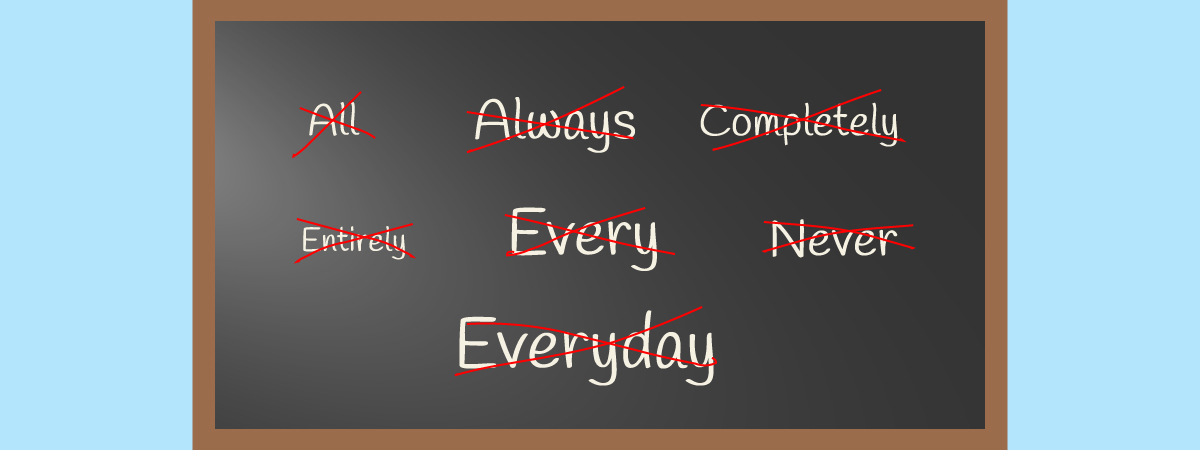
Free SAT Prep Tip #7: Cross Out Prepositions (C.O.P.)
There is one SAT Writing strategy that unlocked the SAT Writing section for me when I was preparing for the SAT in high school, and it wasn’t taught in my high school English classes.
The SAT Writing section is different than the SAT Essay section. You can think of the SAT Writing section as the multiple-choice portion of the test that has grammar questions and the SAT Essay section as the free-response portion of the test that requires you to write a composition. These next couple of Prep Expert SAT strategies will address the SAT Writing section.
I found that if I ignored prepositional phrases, I could quickly identify writing errors. Why? Because grammatical errors are almost never within prepositional phrases. Prepositional phrases are really only there to distract you from grammar errors.
How do I ignore prepositional phrases? I physically cross them out, hence the Prep Expert SAT Writing strategy name: Cross Out Prepositions. Alternatively, you can put them in parentheses and read the sentence without the parts in parentheses.
By focusing on the simplified sentence that does not contain prepositional phrases, you will be able to identify grammatical writing errors much more easily. In fact, SAT test question writers often create questions that have multiple prepositional phrases in them for the sole purpose of trying to prevent students from seeing the true grammatical error in the sentence.
[leadmagnet_two]
C.O.P. is useful in identifying the following types of errors: singular-plural errors, comparison errors, parallelism errors, idiom errors, transition errors, and pronoun errors. We cover each of these types of errors in-depth in our Prep Expert SAT Classes.
Before you can use Cross Out Prepositions, you need to understand what a preposition is. The formal definition of a preposition is “a word governing the relation between words.” That doesn’t mean much to me. Instead, I think of a proposition as anything a rabbit can do to a log. A rabbit can go “through” a log, “under” a log, “above” a log, “in” a log, etc. Therefore, all of those words in quotes would qualify as prepositions.
The 25 Most Common Prepositions on the SAT
Common SAT Prepositions
| Above | Across | After | Between | By |
| In | Into | On | Out | Over |
| Through | Under | Upon | About | Among |
| Around | At | Before | During | For |
| From | Of | To | With | Without |
You will notice that the rabbit-log rule doesn’t apply to all of the above. However, it still applies to many of the prepositions above and is a good rule to get you started. Once you regularly apply C.O.P. to SAT Writing problems, you won’t have to think about what is and what isn’t a preposition. It will become so natural to you that crossing out prepositions will be second-nature.
Let’s take a look at an example of how C.O.P. can help you solve an SAT Writing problem:
“Until it is managed by a new, more effective, and more understanding administration, the teachers will continue to strike.”
Do you see an issue with the sentence above? Many people don’t. But what if we Cross Out Prepositions to help us.
Until it is managed by a new, more effective, and more understanding administration, the teachers will continue to strike.
The simplified sentence would read as follows:
Until it is managed, the teachers will continue to strike.
Now, do you see an issue with the sentence? You should! The singular pronoun “it” is attempting to refer to the plural noun “teachers.”
Until it is managed, the teachers will continue to strike.
This is a singular-plural pronoun mismatch. Instead, the correct sentence should read:
Until they are managed by a new, more effective, and more understanding administration, the teachers will continue to strike.
Notice how this pronoun error was much easier to spot after we crossed out the prepositions. SAT test question writers purposely place prepositions in between important items of the sentence in order to distract you. They hope that you get the question wrong because you don’t see the true error because of their prepositional distractions! Don’t let them distract you — Cross Out Prepositions to ace the SAT Writing section.

Free SAT Prep Tip #8: Watch Out For 99% Wrong Words
Just like there are certain words and phrases that are always wrong on the SAT Reading section (see Free SAT Prep Tip #6 above), there are certain words and phrases that are always wrong on the SAT Writing section.
We used to tell students in our Prep Expert SAT Classes that these words and phrases are “always” wrong on the SAT. However, there are some instances in which these words and phrases are acceptable. So you can be 90-99% certain that these words or phrases are wrong on the SAT, but not 100%. What are these words or phrases? See the table below.
99% Wrong Words & Phrases
| Being |
| For The Reason |
| Is Because |
| Is The Reason Why |
| Is Why |
The most notorious 99% Wrong word on the SAT Writing section is being. The word “being” (and many forms of “to be” actually) often create a passive voice. Therefore, to get rid of the passive voice and create sentences written with the active voice, you often need to eliminate “being.” In addition, phrases such as “is the reason why” create redundancy. The SAT Writing section does not like excessive language such as this and prefers to write sentences in the most succinct way possible.
This SAT Writing strategy will help you eliminate incorrect answer choices. For example, let’s say you were faced with the following answer choices on an SAT Writing problem:
But no one thinks of the unkind meaning of the nickname now, for Massacre is why he is honored as one of the greatest names in the history of Art.
- (A) NO CHANGE
- (B) is the reason why he is
- (C) is
- (D) being why he is
Immediately, you would be able to eliminate answer choice A because of the phrase “is why,” answer choice B because of the phrase “is the reason why,” and answer choice D because of the phrase “being.” Therefore, the answer is C.
Look how easy the SAT Writing section can be when you know simple rules such as to Watch Out For 99% Wrong Words!
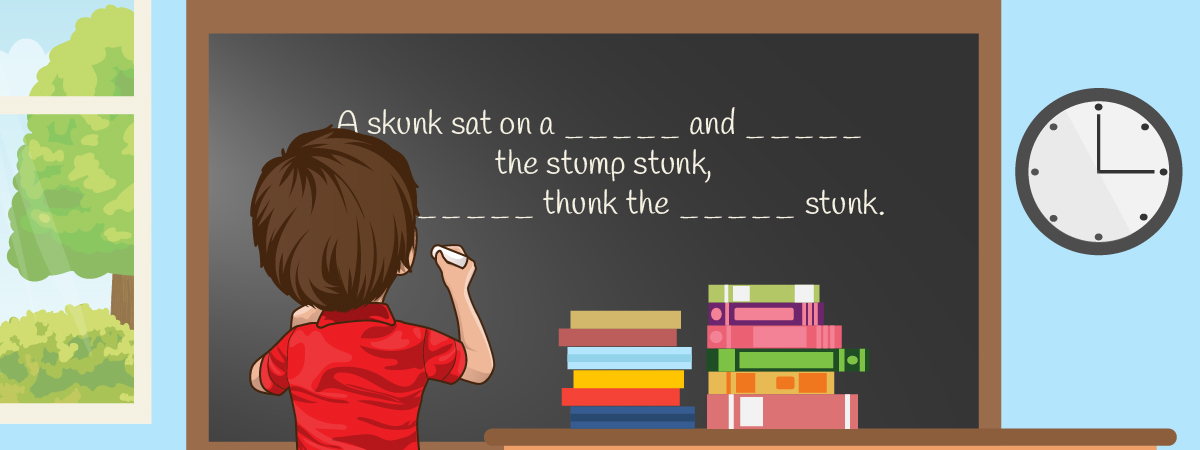
Free SAT Prep Tip #9: Exploit SAT Essay Length & Vocab
Taking advantage of the SAT’s overall structure is a great way to create an essay that will do well with scorers.
Many parents and students are under the assumption that the essay is optional on the New SAT. However, that is not really true. Most competitive colleges require the “SAT with Essay” (just as they do the “ACT with Essay”). Therefore, we encourage all students in our Prep Expert SAT Classes to take the “SAT with Essay.”
The SAT Essay requires students to do an analysis of an argumentative passage. SAT Essay graders will give you three scores out of 8 for Writing, Reading, and Analysis when they score your SAT Essay. These scores do not affect your SAT score out of 1600 points but will show up separately on your score report under your SAT Essay grade.
However, it’s much more important to know how the SAT Essay is scored. The College Board hires high school English teachers to grade SAT Essays. But unlike in high school where your English teacher may have 30-40 minutes to read your essay, SAT Essay graders only have about 2-3 minutes to read your SAT Essay because they have thousands to grade! With so little time to look at your SAT Essay, graders need quick clues that tell them to give your essay a high score.
There are two concrete things you can do to make your essay stand out: 1) write a long essay and 2) use big vocabulary words. This goes against everything that high school English teachers have traditionally taught in classrooms. In class, they tell you that it’s not about the quantity of your writing, but the quality.
But on the SAT Essay, it’s definitely about quantity over quality. In class, high school English teachers tell you that it’s not about the big vocabulary words that you use, but the message of the words themselves. But on the SAT Essay, big vocabulary words are more important than the message.
The SAT Essay will give you four blank pages to write your essay on. You have 50 minutes to fill up as much of these pages as possible. Ideally, you want to fill up all four pages, but if you can fill all three and a half, then that is usually enough for a perfect SAT Essay score. In fact, an MIT study found that longer SAT Essays are directly correlated with higher scores, no matter the content!
Next, you want to use big vocabulary words in your SAT Essay. They say that it takes approximately 7 seconds for a person to make a first impression about you after they first meet you. The same is true with respect to an SAT Essay grader and your SAT Essay.
Within 7 seconds, the SAT Essay grader will make a first impression about what grade they are going give your SAT Essay. Therefore, it’s very important to use big vocabulary words early on in your essay when the SAT Essay grader is forming his or her initial impression.
Using big vocabulary words in your essay will improve all of your SAT Essay subscores. Here’s how it will help each:
- (1) SAT Essay Writing Subscore – vocab will showcase a command of language
- (2) SAT Essay Reading Subscore – vocab will allow for better expression of ideas
- (C) (3) SAT Essay Analysis Subscore – vocab will create more advanced insights
Of course, it is very important to use big vocabulary words appropriately in your SAT Essay. Using a scholarly word inappropriately or in the wrong context may actually hurt your SAT Essay score more than it will help. That is why we have students in our Prep Expert SAT Classes memorize 300 vocabulary words during our courses.
Not only will these vocabulary words help them on the SAT Reading section when they are tackling passages, but it will also help them here on the SAT Essay portion of the exam when they need to use big vocabulary words to raise their SAT Essay score.
Don’t have a strong vocabulary? No problem. I’ve got you covered. Below I have compiled tables that include common words that you would use in an SAT Essay (ex. argument, persuade, good, etc.) and then put synonyms of scholarly vocabulary words that you can use instead of these common words! Gaming the SAT Essay is easy.
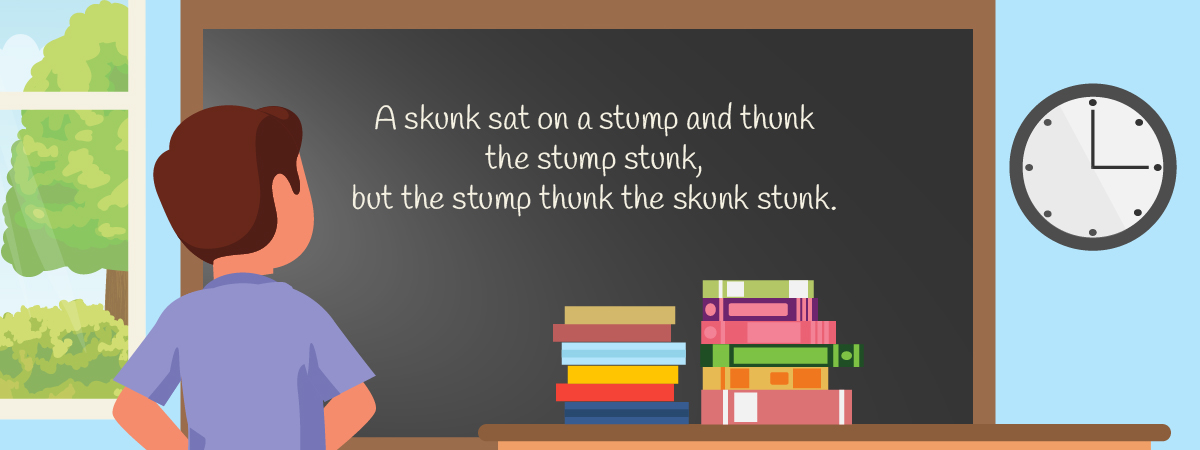
Free SAT Prep Tip #10: Use SAT Essay Templates
Don’t worry about having to create your essay from scratch, I have a template that will both save you time and effort on test day.
I will cover one last free SAT prep tip that you can use to improve your SAT score 100 points! This last strategy is related to the previous tip for the SAT Essay. Let’s say that you are not a good writer. You might think that it would be really difficult to write a 4-page essay with big vocabulary words. No problem, I’ve got you covered again.
In our Prep Expert SAT Classes, we give students an SAT Essay template that is basically a fill-in-the-blank skeleton for each paragraph that you need to write the SAT Essay. And I am going to share our Prep Expert SAT Essay Introduction Paragraph template below. Once you memorize the Prep Expert SAT Essay template, you will get a perfect score on the SAT Essay every time no matter what!
You might be wondering…how can this one-size-fits-all template work for every SAT Essay if the passage you have to analyze is different on every administration of the SAT exam? Well, it’s because the passage that you have to analyze will always be an argumentative one. And there are only so many argumentative techniques that an author can use in order to strengthen their argument. And I’ve identified the most common ones and put them into this template.
You might also be wondering…if an SAT Essay grader sees hundreds of essays with the same template, wouldn’t they become suspicious and grade your essay lower, or worse, accuse you of cheating? No! You cannot get in trouble for plagiarism because Prep Expert is giving you permission to use our SAT Essay template.
In addition, an SAT Essay grader cannot grade your essay lower just because it is using the same template as other SAT Essays. The whole point of a standardized exam is for scores to be standardized. If your SAT Essay is similar to a perfect-score SAT Essay, then you too must get a perfect score!
The SAT would be ruined as a standardized exam if it gave two similar essays different scores. In addition, creativity can never be used as a grading criterion on the SAT because how can you create a standardized way to judge creativity? You can’t.
Let’s take a look at what the introduction template for the SAT Essay looks like:
In [Article Title], [Author Name] synthesizes a compelling dissertation that [Passage’s Key Point]. Although some detractors may believe [What Detractors Believe], the arguments set forth in the article dismiss such romantic critics as excessively dogmatic in their provincial ideology. One of the broader notions presented in the essay is that [Major Idea in Article]. [Author’s Last Name] deftly delivers a cogent argument to sway his/her readers by [3 CREW SAID Tools].
Let’s quickly summarize what the above introduction is saying since it seems complex. The first sentence is your thesis — the author makes a strong argument. The second sentence is shooting down the opposition — the naysayers are too narrow-minded. The third sentence is a generality — bring up some major point from the passage.
Finally, you end with the plan of procedure — tell the reader what you will be discussing in the next three body paragraphs. The “CREW SAID Tools” are common argumentative techniques that every SAT Essay passage writer uses to strengthen their argument that we teach students in our Prep Expert SAT Classes.
Let’s say that you just read a passage called “The Enduring Value of a Humanities Education” by Jane Smith. Here is what the introduction paragraph of your SAT Essay would like if you used the Prep Expert SAT Essay Template:
In “The Enduring Value of a Humanities Education,” Jane Smith synthesizes a compelling dissertation that knowledge relating to the humanities is indispensable to the progress of society. Although some detractors may believe the advancement of education strictly focused on technology is key to national development, the arguments set forth in the article dismiss such romantic critics as excessively dogmatic in their provincial ideology. One of the broader notions presented in the essay is that an education in the humanities magnifies a person’s versatility to be a productive member of society. Smith deftly delivers a cogent argument to sway her readers by citing prominent authorities, implying broad repercussions, and using stark contrast.
Did that sound like a perfect-score essay or not? With enough practice with Prep Expert SAT Essay Templates, you will write essays like the above all the time on every essay. We have had thousands of students use our essay templates and get perfect scores on their SAT Essays. It does not fail.
I hope you have enjoyed reading about these 10 Free SAT Prep Tips that will help you improve your SAT score 100 points! Learning about these strategies is the easy part. The hard part is actually implementing them when you take the SAT.
You can do that on your own with lots of practice or you can sign up for a Prep Expert SAT Class and let us teach you 90 more SAT Prep Strategies, and walk you through all of the practice you need to ace the SAT! Who knows? Maybe you’ll be one of the many Prep Expert students that achieves a perfect score on the SAT 🙂
[sat_three]
For more test strategy, college admissions, and scholarship application tips sign up for our FREE class happening right now!